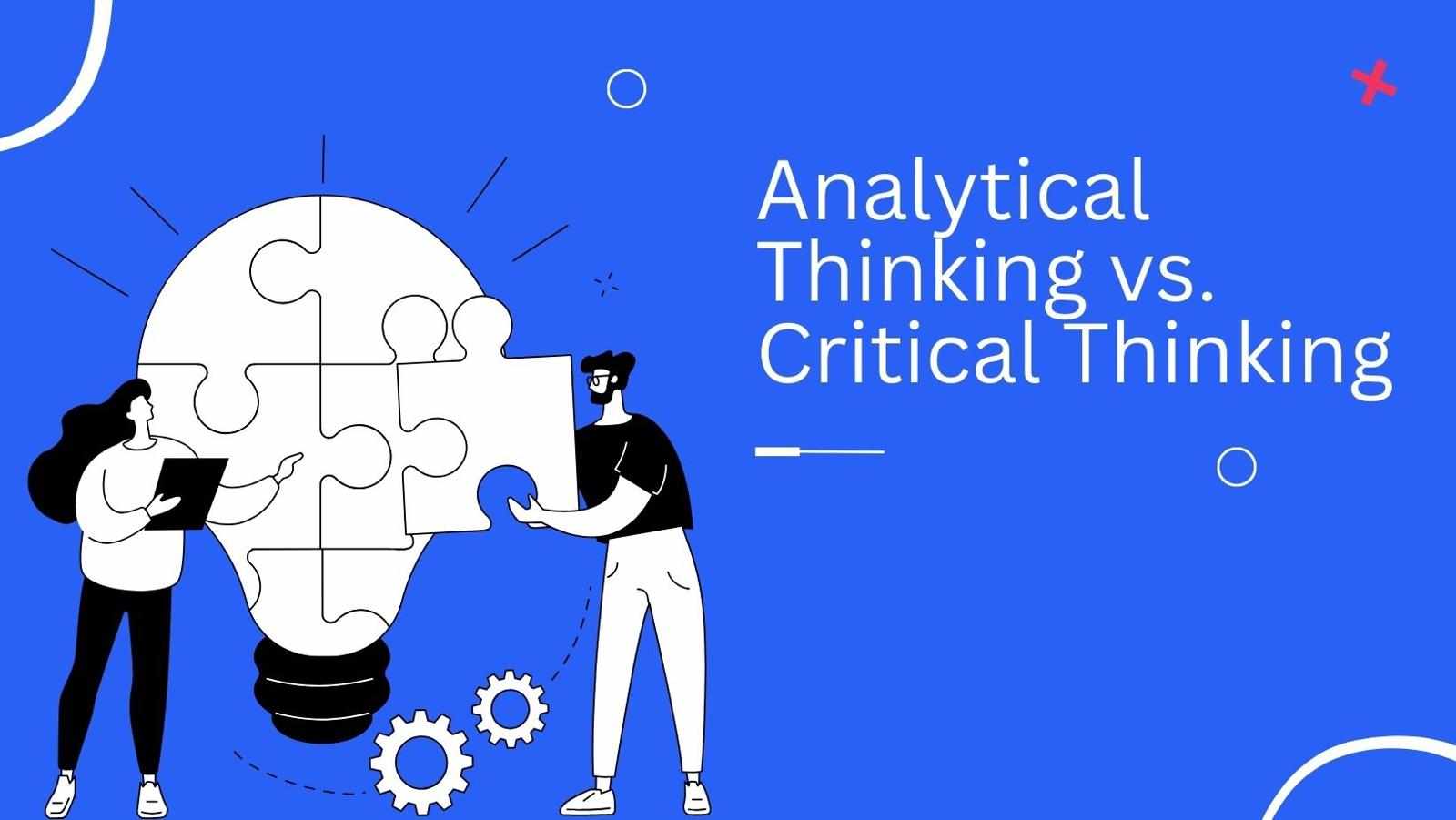
Introduction to Data Visualization
Data visualization is a critical component in the field of data science, transforming raw data into insightful visuals that can drive informed decision-making. In this article, you will explore why data visualization is essential in data science, how it enhances understanding, and the tools and techniques that support effective visualization.
Data visualization is the graphical representation of data through charts, graphs, maps, and other visual formats. By converting complex datasets into a more understandable format, it enables easier comprehension of trends, outliers, and patterns within data.
Key Goals of Data Visualization
Simplify complex data for better understanding
Highlight significant insights and relationships
Support informed decision-making
The Role of Data Visualization in Data Science
Data science involves collecting, processing, and analyzing large volumes of data. Without effective visualization, this data can be overwhelming and challenging to interpret. Visualization bridges the gap between raw data and actionable insights, offering a clearer view of information.
How Visualization Enhances Data Science
Identifies Patterns and Trends: Visuals can reveal underlying patterns and trends that may not be immediately evident in raw data.
Enhances Communication: Charts and graphs help data scientists communicate insights effectively to non-technical stakeholders.
Supports Decision-Making: Data visualization aids in presenting options, outcomes, and risks, providing a basis for making data-driven decisions.
Key Benefits of Data Visualization
1. Better Understanding of Complex Data
Visualization simplifies complex datasets, making it easier to see relationships and identify areas requiring attention.
2. Faster Data Processing
Humans process visuals faster than text or numerical data. This makes visualization a powerful tool for quickly grasping insights and making timely decisions.
3. Improved Accessibility of Insights
By making data more accessible and understandable, data visualization enables broader participation in data-driven discussions and decisions.
4. Enhanced Data Exploration
Visualization tools allow data scientists to experiment with data, adjust variables, and test hypotheses, providing dynamic insights that can guide further analysis.
Types of Data Visualization Techniques
Various techniques can be used in data visualization, each suited to different types of data and analysis goals.
1. Charts and Graphs
Bar Charts: Useful for comparing categories
Line Graphs: Ideal for showing trends over time
Pie Charts: Effective for displaying proportions
2. Heatmaps
Heatmaps display data density, highlighting areas of high and low concentration, which is useful for identifying patterns within large datasets.
3. Scatter Plots
Scatter plots reveal correlations between two variables, making them a go-to tool for understanding relationships in data science.
4. Maps
Maps are valuable for geospatial data, enabling location-based analysis and visualization.
Popular Data Visualization Tools in Data Science
Several tools help data scientists create compelling and effective visualizations:
1. Tableau
Known for its user-friendly interface and powerful analytics capabilities, Tableau is widely used for creating dynamic visualizations.
2. Power BI
Microsoft’s Power BI is popular for its integration with other Microsoft products, making it a preferred choice for business intelligence and data science teams.
3. Python (Matplotlib, Seaborn, Plotly)
Python offers robust libraries like Matplotlib, Seaborn, and Plotly, which provide flexibility and customization for creating complex data visualizations.
4. Google Data Studio
A free tool that enables easy data integration and visualization, ideal for beginners and those looking for a straightforward solution.
Best Practices for Effective Data Visualization
To maximize the impact of data visualization, data scientists should follow these best practices:
1. Define the Purpose
Clearly identify the question or insight that the visualization should answer to ensure focus and relevance.
2. Choose the Right Visuals
Select visualizations that best represent the data. For example, use line graphs for trends over time or scatter plots for relationship analysis.
3. Keep it Simple
Avoid unnecessary complexity. Simpler visuals are often more effective in communicating insights.
4. Use Colors Wisely
Colors should enhance, not distract from, the data. Use consistent color schemes to help the viewer interpret the information.
Data Science Training and Visualization Skills
Effective data visualization is an essential skill for data scientists. For those pursuing data science training in Delhi, Noida, Meerut, Chandigarh, Pune, and other cities located in India, learning visualization techniques alongside analytical and programming skills is crucial for success. Mastering tools like Tableau, Power BI, and Python visualization libraries not only helps in data interpretation but also in presenting data-driven narratives that impact business decisions.
The Future of Data Visualization in Data Science
As data continues to grow in volume and complexity, the role of data visualization will become even more significant. Emerging technologies like augmented reality (AR) and virtual reality (VR) are poised to add new dimensions to visualization, allowing for more immersive and interactive experiences.
Conclusion
Data visualization is an indispensable tool in data science, transforming complex data into accessible insights that drive smarter decisions. By choosing the right tools, techniques, and practices, data scientists can effectively communicate their findings, foster better understanding, and enable data-driven success across organizations.





















Write a comment ...